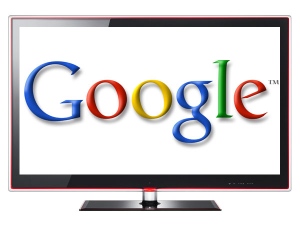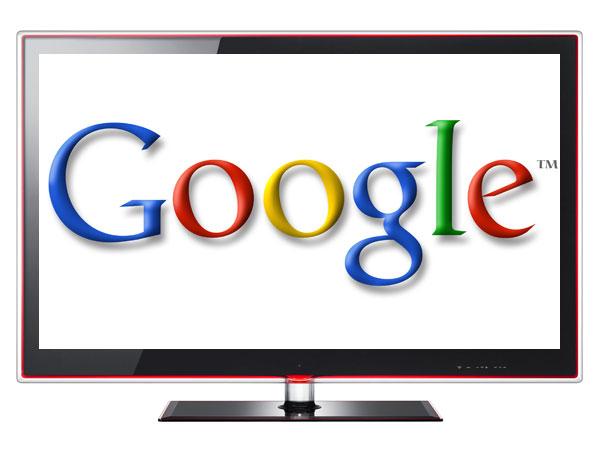What does a multi-generational workplace have to do with the human resources department going paperless? More than you might think. Today’s workforce is comprised of four distinct generations – Traditionalists, Baby Boomers, Generation X and Generation Y, or Millennials, as some refer to the youngest of workers. Survey results vary, but early sources indicated that Traditionalists and Millennials together made up a smaller percentage of the workforce than did Generation Y and Millennials – however, traditionalists’ presence in the workforce was expected to rise by 50 percent between 2002 and 2012. Recent economic turmoil has industry analysts revisiting theories about Traditionalists and Baby Boomers retiring en masse.
Employers benefit tremendously from the kind of multi-generational diversity found in today’s office. They reap the benefits of having the seasoned doyens from the Traditionalist generation as much as they value the expertise of a tech-savvy Millennial. Nevertheless, there are myriad challenges of running an HR department when you consider the ways employers have to construct policies, practices and procedures that meet all of their employees’ needs.
Balancing Company Needs and Employee Needs
There has been powerful discourse over the past decade about the inevitability and necessity of a paperless office. Supporters cite the paperless office as a cost-effective, environmentally efficient alternative to the current paper-heavy tradition. Indeed, the benefits of a paperless office have been proven for many companies, but HR associates should assess whether such a shift is in the overall best interest of their company, especially where employee relations is concerned. Employee relations is the area of HR responsible for strengthening the employer-employee relationship through sustaining employee satisfaction and improving engagement.
Virtually all employees rely on the HR department to be available whenever they need advice, counsel or assistance. With that in mind, going paperless is ideal because electronic recordkeeping greatly improves access to the HR records necessary for handling employee issues. That’s provided your HR department has sufficient technology, or an HR associate with hris expertise, to navigate the IT component of HR functionality.
Going paperless saves money on paper supplies and staff time spent manually updating employment records. However, employers’ costs aren’t confined to mere expenses of office products and staff wages – dissatisfaction among employees can be extremely costly. The balance here lies in satisfying company goals – bolstering the bottom line by cutting reliance on paper, or meeting an environmental standard – while keeping employees happy. Given the existence of multiple generations in the workplace and what employees from each generation need from their employers, paperless HR operations could be most costly if a segment of your workforce prefers – or, depends on paper documentation of every employment action.
Generally speaking, Traditionalists are less inclined to embrace technology as readily as, say, Generation Y’ers. They want actual documentation concerning their employment history, benefits summary, wage payments and performance evaluations. If an employee is continually reminded that the company’s payroll software application makes it possible to use the employee self-service modules for looking up their own employment record, or if the HR department relies solely upon electronic storage methods, you have a segment of the workforce that’s going to be dissatisfied with going paperless. Employee dissatisfaction has a domino effect – it leads to disengagement and perhaps, ultimately, poor morale, which can have a devastating effect on productivity and, thus, profitability.
Simply put, employee dissatisfaction is expensive for employers.
This isn’t necessarily a generational problem, but age-diversity does play a role in this play. Attitudes about using less paper are changing, and the preference for hard copy documentation is not solely a matter reserved for more senior workers; we have all had bad luck with technology at some point and many people prefer the ease and simplicity of having a paper document in hand. Mobile graphics offers a wider range of cloud computing options than ever before realized. As a greener agenda is more passionately pursued in the future, HR departments contemplating a paperless operation should consider the ramifications and the effect this type of system could have on the employer’s ability to meet the needs of a significant portion of its workforce.




